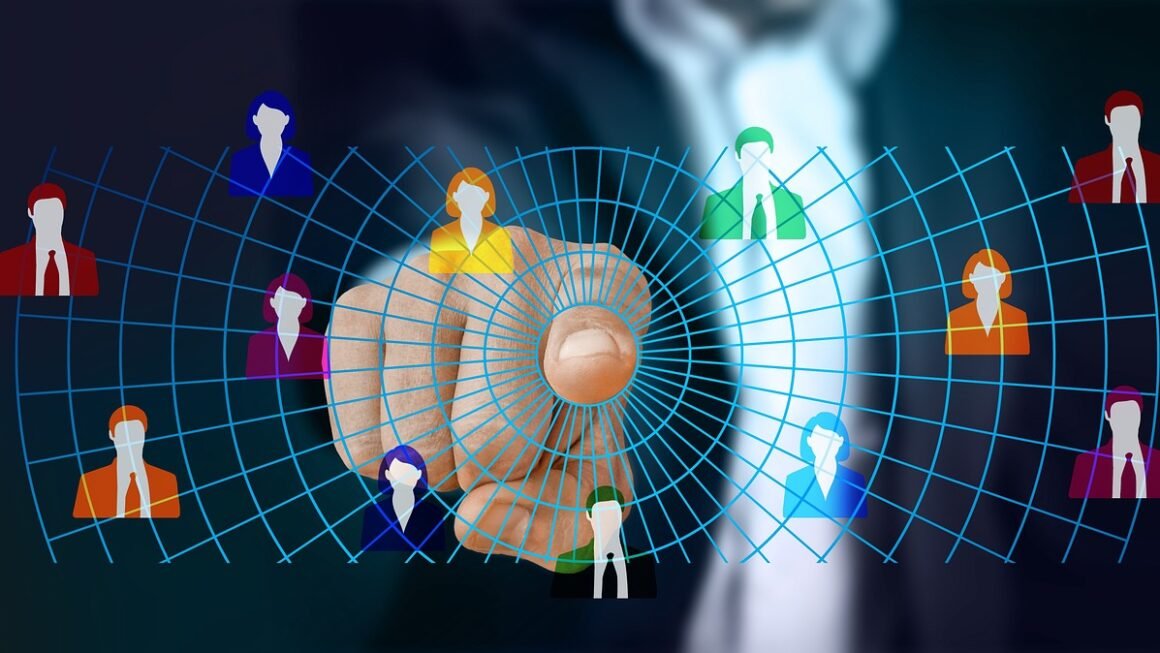AI-enabled devices are rapidly transforming our world, moving from futuristic concepts to everyday realities. From smart speakers that answer our queries to sophisticated medical devices that assist in diagnoses, artificial intelligence is weaving its way into the fabric of our lives. This blog post delves into the world of AI-enabled devices, exploring their functionalities, applications, and the exciting potential they hold for the future.
Understanding AI-Enabled Devices
AI-enabled devices are physical or virtual tools that incorporate artificial intelligence (AI) to perform tasks that typically require human intelligence. These devices leverage machine learning, natural language processing, and computer vision to analyze data, make decisions, and adapt to their environment.
Core Components of AI-Enabled Devices
- Sensors: These gather data from the environment (e.g., cameras, microphones, temperature sensors).
- Processors: Powerful computing units that process the data using AI algorithms.
- AI Algorithms: Machine learning models and algorithms that enable the device to learn, predict, and make decisions.
- Actuators: Components that execute actions based on the AI’s decisions (e.g., robotic arms, display screens).
- Connectivity: Wi-Fi, Bluetooth, or cellular connections for data transfer and remote control.
Key AI Technologies Driving Innovation
- Machine Learning (ML): Enables devices to learn from data without explicit programming. For example, a smart thermostat learns your heating preferences over time.
- Natural Language Processing (NLP): Allows devices to understand and respond to human language. Think of voice assistants like Siri or Alexa.
- Computer Vision: Enables devices to “see” and interpret images and videos. This is used in self-driving cars and facial recognition systems.
- Deep Learning: A subset of machine learning that uses artificial neural networks with multiple layers to analyze data with greater complexity.
Applications Across Industries
AI-enabled devices are finding applications in virtually every industry, revolutionizing processes and enhancing user experiences.
Healthcare
AI is transforming healthcare with diagnostic tools, personalized medicine, and robotic surgery assistants.
- Diagnostic Imaging: AI algorithms analyze medical images (X-rays, MRIs) to detect anomalies and assist in diagnosis. For instance, AI can identify early signs of cancer with greater accuracy than human radiologists in some cases.
- Robotic Surgery: Robots assist surgeons with complex procedures, improving precision and reducing recovery times. The Da Vinci Surgical System is a prime example.
- Wearable Health Trackers: Devices like smartwatches monitor vital signs, detect falls, and provide personalized health recommendations.
- Drug Discovery: AI accelerates the process of identifying potential drug candidates and predicting their effectiveness.
Smart Homes
AI enhances convenience, security, and energy efficiency in homes.
- Smart Speakers: Voice-controlled devices provide information, play music, control smart appliances, and manage schedules. Amazon Echo and Google Home are common examples.
- Smart Thermostats: Learn your temperature preferences and automatically adjust settings to optimize energy consumption. Nest is a popular brand.
- Smart Lighting: Allows you to control lights remotely, schedule lighting changes, and adjust brightness using voice commands or apps.
- Security Systems: AI-powered security cameras can identify intruders, detect suspicious activity, and send alerts to your smartphone.
Automotive
AI is driving innovation in autonomous vehicles and driver-assistance systems.
- Self-Driving Cars: Utilize computer vision, sensor fusion, and machine learning to navigate roads without human intervention. Tesla, Waymo, and other companies are actively developing this technology.
- Advanced Driver-Assistance Systems (ADAS): Features like automatic emergency braking, lane departure warning, and adaptive cruise control enhance driver safety.
- Predictive Maintenance: AI analyzes vehicle data to predict when maintenance is needed, preventing breakdowns and extending the lifespan of the vehicle.
Manufacturing
AI optimizes production processes, improves quality control, and reduces costs.
- Robotic Automation: Robots perform repetitive tasks with greater speed and precision, increasing productivity.
- Quality Control: AI-powered vision systems inspect products for defects and ensure quality standards are met.
- Predictive Maintenance: AI analyzes equipment data to predict failures and schedule maintenance, minimizing downtime.
Benefits of AI-Enabled Devices
Adopting AI-enabled devices offers numerous advantages for individuals and organizations.
- Increased Efficiency: Automate tasks and streamline processes, saving time and resources.
- Improved Accuracy: Reduce human error and improve the precision of tasks.
- Enhanced Decision-Making: Provide data-driven insights to support better decision-making.
- Personalized Experiences: Tailor services and products to individual needs and preferences.
- Cost Reduction: Optimize resource allocation and reduce operational costs.
- Enhanced Safety: Reduce risks in hazardous environments and improve safety measures.
Challenges and Considerations
While AI-enabled devices offer significant benefits, it’s crucial to address the associated challenges and considerations.
Data Privacy and Security
- Data Collection: AI devices collect vast amounts of data, raising concerns about privacy and security.
- Data Breaches: Vulnerabilities in AI systems can expose sensitive data to cyberattacks.
- Ethical Concerns: The use of AI in surveillance and decision-making raises ethical questions about bias and fairness.
Job Displacement
- Automation: AI-powered automation can displace workers in certain industries, leading to unemployment.
- Skill Gap: The demand for AI-related skills is growing, requiring workers to adapt and acquire new skills.
Bias and Fairness
- Algorithm Bias: AI algorithms can perpetuate and amplify existing biases in data, leading to unfair outcomes.
- Transparency: It’s important to understand how AI algorithms make decisions to ensure fairness and accountability.
Addressing the Challenges
- Robust Data Privacy Regulations: Implementing strong data privacy laws and regulations to protect user data.
- Cybersecurity Measures: Developing robust cybersecurity measures to prevent data breaches and protect AI systems.
- Ethical AI Development: Promoting ethical guidelines and standards for AI development to ensure fairness and transparency.
- Workforce Training and Education: Investing in workforce training and education programs to equip workers with the skills needed for the AI-driven economy.
The Future of AI-Enabled Devices
The future of AI-enabled devices is bright, with continued advancements in AI technologies and increasing adoption across industries.
- Edge Computing: Moving AI processing closer to the edge of the network to reduce latency and improve real-time performance. This is critical for applications like autonomous vehicles and industrial automation.
- AI-as-a-Service (AIaaS): Making AI capabilities accessible to businesses of all sizes through cloud-based platforms.
- Explainable AI (XAI): Developing AI algorithms that can explain their decisions, increasing trust and transparency.
- Human-AI Collaboration: Designing AI systems that work collaboratively with humans, augmenting their capabilities and improving decision-making.
- Ubiquitous AI: AI becoming seamlessly integrated into our everyday lives, enhancing our experiences and solving complex problems.
Conclusion
AI-enabled devices are revolutionizing the way we live and work. By understanding their core components, applications, benefits, and challenges, we can harness their potential to create a more efficient, sustainable, and equitable future. Addressing the ethical and societal implications of AI is crucial to ensuring that these powerful technologies are used responsibly and for the benefit of all. The journey of AI integration is just beginning, and the possibilities are limitless.



